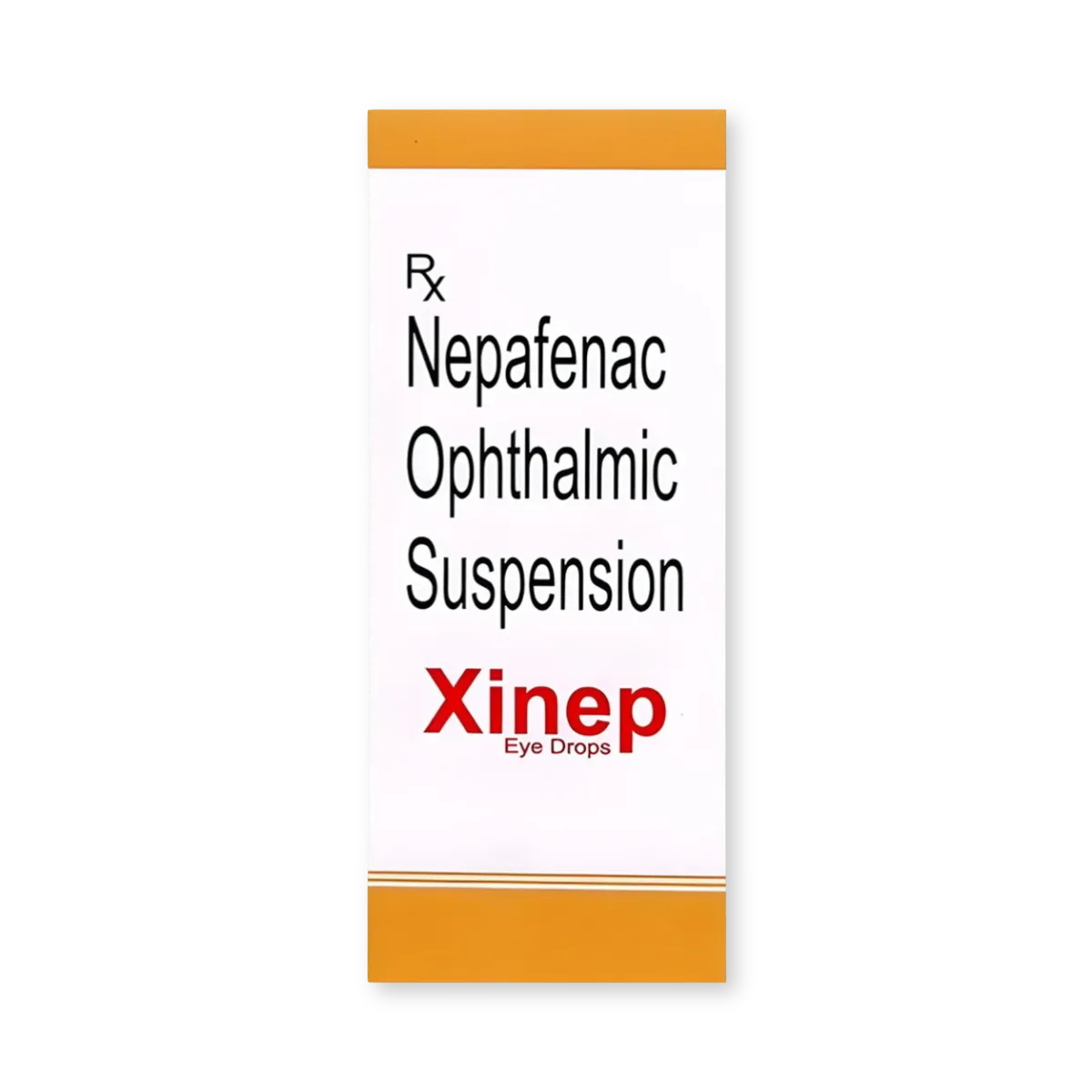Eye infections can be uncomfortable and bothersome, causing redness, itching, and discharge.
While severe eye infections like Keratitis may require prescription medication, mild infections like pink eyes and Stye can often be treated with over the counter eye drops for infection.
Different medications are designed to address your specific needs if you have a serious condition or a mild eye infection.
This article will explore some of the best over-the-counter eye drops for eye infections, helping you find relief and manage your symptoms.
Over The Counter Eye Drops for Infection
When dealing with an eye infection, choosing the right over-the-counter (OTC) eye drops to alleviate discomfort and promote healing is essential.
Mild eye infections, such as pink eye (Conjunctivitis) or Stye, can result from various causes, such as bacteria, viruses, or allergens.
Many over the counter eye infection medicines like artificial tears, antibiotic eye drops, antihistamine eye drops, and combination drops can help treat symptoms of pink eye or other eye infections.
To learn more about the difference between pink eye and Stye, read Pink Eye vs Stye: Comparing the Causes, Symptoms, and Remedies.
Save up to 90% on your medicine bills

Vigamox 5 ml

Oflox 5 ml

MFC 5 ml

Xinep 5 ml
Artificial tears
Artificial tears are the first choice for relieving the symptoms of eye infection.
While they won’t directly treat the infection, they can provide much-needed relief by moisturizing the eye’s surface and reducing irritation.
These lubricating eye drops can also help wash away debris and irritants that may worsen the infection.
Antibiotic eye drops
Antibiotic eye drops can be particularly effective if your eye infection is caused by bacteria, like Bacterial pink eye.
Common OTC antibiotic eye drops include Polysporin, which contains antibiotics like Polymyxin B and Bacitracin.
Antibiotics for eye infections can help combat the infection and alleviate symptoms of Bacterial pink eye, like redness and discharge.
To learn more about the symptoms of Bacterial pink eye, read Unveiling Bacterial Pink Eye Symptoms.
Antihistamine eye drops
In cases where allergies trigger eye infections, antihistamine eye drops like Alaway or Zaditor can be beneficial.
These drops reduce the body’s histamine response, which is responsible for the itching and redness associated with allergic reactions.
By controlling your body’s response to allergens, these drops can help prevent or manage eye infections.
Decongestant eye drops
Decongestant eye drops can temporarily relieve redness caused by eye infections.
These drops work by narrowing the blood vessels in the eyes, reducing the appearance of redness.
However, they do not treat the underlying infection and should only be used for short-term relief.
Combination drops
Some OTC eye drops combine antibiotic and steroid ingredients and hence, are known as combination eyedrops.
These combination drops can relieve bacterial infections and help reduce inflammation caused by the infection.
It’s essential to use these combination drops only as directed by your doctor.
To explore more treatment options for eye infections, read Eye Infection Treatment: How to Get Relief Quickly.
How Over the Counter Antibiotics for Eye Infection Work
Many antibiotic eye drops like Andremide contain Sulfacetamide, which can be effective against bacterial eye infections.
These eye drops work by inhibiting the growth of bacteria, ultimately eliminating the infection.
However, they are not suitable for allergic or viral eye infections.
Remember, while OTC eye drops can be helpful for many common eye infections, more severe or persistent conditions may require prescription medications.
If your symptoms do not improve or worsen with OTC antibiotics, see professional medical advice promptly.
Conclusion
In conclusion, when it comes to eye infections, over the counter eye drops for infection can provide valuable relief and management for mild cases, such as pink eye and Stye.
Whether you choose artificial tears, antibiotic eye drops, or antihistamine eye drops, selecting the right treatment depends on the nature of your infection.
It’s important to remember that OTC eye drops are effective for bacterial infections but may not address viral or severe conditions.
If your symptoms persist or worsen, do not hesitate to consult a healthcare professional.

Frequently Asked Questions
How over the counter eye drops differ from prescription medicine for eye infections?
Over-the-counter eye drops for infection are non-prescription medications designed to treat common eye infections. They are easily accessible at pharmacies and provide a convenient solution for mild eye infections.
See our Recommendations
How do over the counter eye drops for infection work?
These eye drops typically come in different formulations, including antibiotics, antihistamines, decongested, and artificial tears. The specific ingredient in each type of eye drop works to alleviate symptoms by eliminating the concerned virus, bacteria, or allergens and addressing the underlying causes of the infection.
See our Recommendations
Can I use over the counter eye drops for all types of eye infections?
No, OTC eye drops are generally effective for bacterial infections but may not be suitable for viral or more severe conditions. It’s essential to consult a doctor for a proper diagnosis and treatment.
See our Recommendations
Are there any side effects associated with over the counter eye drops for infections?
Yes, while OTC eye drops are generally safe, some individuals may experience mild side effects like temporary stinging or irritation. Prolonged use of OTC steroid eye drops may also cause vision problems.
See our Recommendations
How long should I use over the counter eye drops for infection?
The duration of use varies depending on the type of eye drops and the specific infection. It’s important to follow the recommended treatment plan, even if your symptoms improve before the treatment is completed. Do not hesitate to consult your doctor if you have any queries.
See our Recommendations
Cheap Medicine Shop only refers to credible, authoritative sources for our content. If you’re curious about how we ensure the integrity of our content, we encourage you to read our Content Information Policy.














